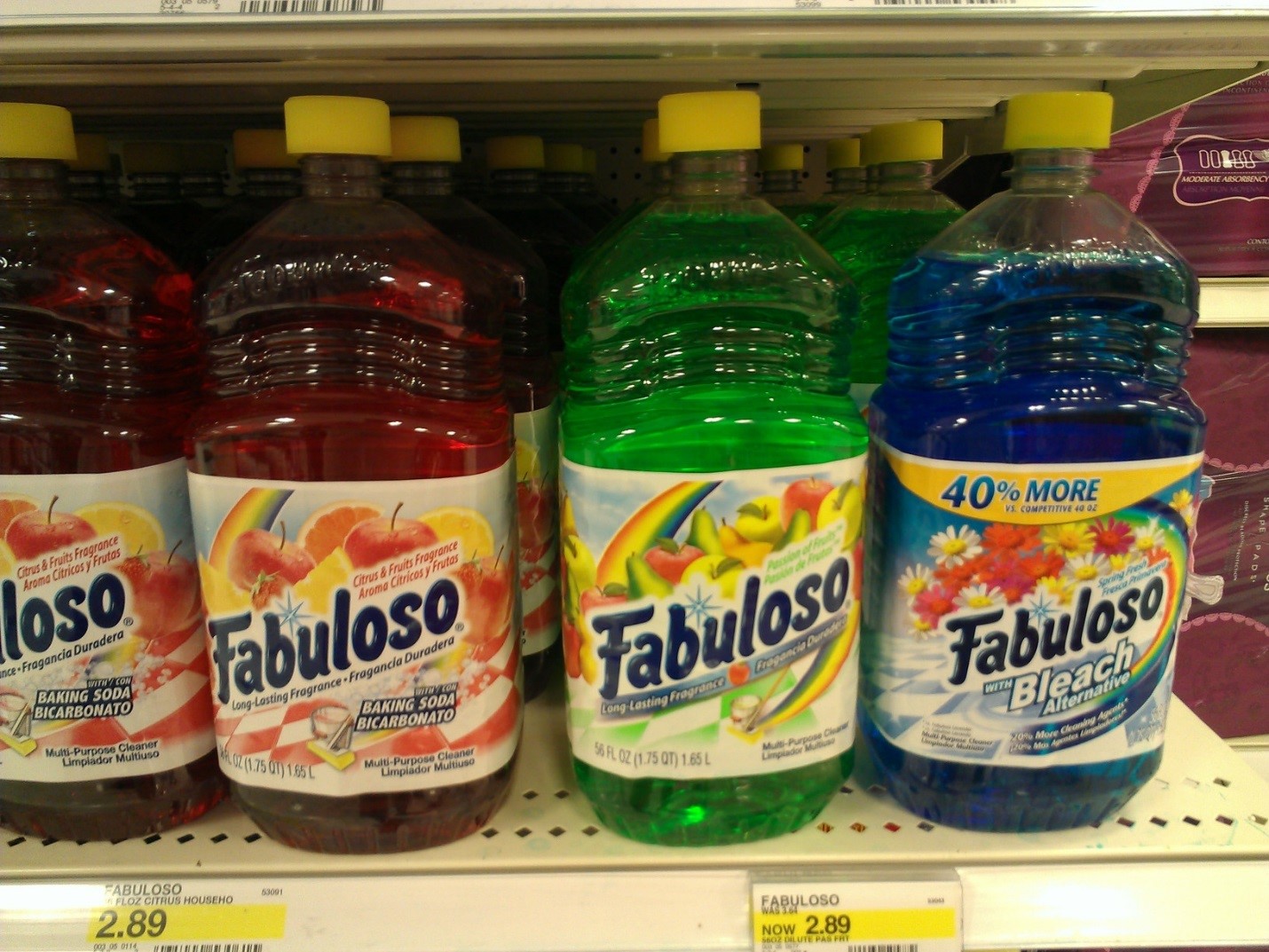A good idea does not necessarily lead to a successful product. One of the top reasons product launches fail is because the product is untested by consumers according to the Harvard Business Review.
“New products can take on a life of their own within an organization, becoming so hyped that there’s no turning back”, say the authors of the study. That’s why building a prototype and testing it before launch are two essential steps in the product development process.
Good product design can take time and may require multiple iterations of prototyping and consumer testing to get it right. But it’s worthwhile in the end as demonstrated by these seven poorly designed products that created more problems than they solved.
1. iPhone Cup Holder

The UpperCup iPhone case attempts to eliminate the need for one handed typing while reducing coffee spills. Its success in this matter is debatable. The weight of a full cup of coffee would make this device awkward to hold and a spill seems to be imminent. The general consensus from online comments is that this product creates more problems than it solves and people should take the time to enjoy a cup of coffee.
2. Nokia N-Gage

The Nokia N-Gage was a failed attempt at combining a hand held gaming consul with mobile phone technology. The buttons on the N-Gage were designed for dialing rather than gaming, while the shape of the device was better suited to gaming rather than talking. The speaker was located on the thin side of the device so it had to be awkwardly held sideways to be used as a phone. This product was discontinued after only two years on the market.
3. USB Connector

USB connectors are so frequently used that their design flaw is generally overlooked. It is difficult to distinguish the top of the USB connector from the bottom, requiring users to try both sides before a successful plug in. Although clearly not a big problem, it is a persistent one that happens often. Only a simple design change would differentiate the top from the bottom for a seamless, first try connection.
4. Halogen Light Bulbs

Halogen light bulbs get dangerously hot when left on for a long period of time. They have caused severe burns needing medical attention and can also be a fire hazard. If a halogen lamp falls over with the light on, the bulb can get hot enough to start a fire if it comes into contact with something flammable such as curtains or a lampshade. This unsafe design has caused many problems even resulting in law suits.
5. Misleading Floor Cleaner

Misleading design that leads to confusion can be extremely dangerous – such as this toxic floor cleaner packaged to look like a beverage. People have accidentally drank cleaners by mistaking them for juice or an energy drink. Packaging is an important aspect of product design that should not be overlooked.
6. Glass Stairs

Apple won an architectural patent for the beautiful glass staircases in their stores but half of the population may find fault with this design. The transparency of this staircase creates a very vulnerable situation for women wearing dresses or skirts. This can be especially awkward if people happen to be standing under the staircase or walk by and glance up. The prevalence of camera phones and accessibility to the internet makes this even more distressing for women.
7. Concave Buildings

The “Walkie Talkie” building in London, officially called 20 Fenchurch Street, has literally melted cars parked below it. The concave glass design concentrates and reflects sunlight for approximately 2 hours a day during 2-3 weeks of the year, creating a dangerous situation. The Vdara Hotel in Las Vegas caused a similar fiasco when it concentrated a ray of light so strong it singed a guests’ hair by the pool and melted a hole in his bag.
As these design failures demonstrate, no step in the product development process should be overlooked. Prototyping and consumer testing are essential to successful design. These critical steps provide the opportunity to catch potential design flaws and collect valuable customer feedback before launch.

